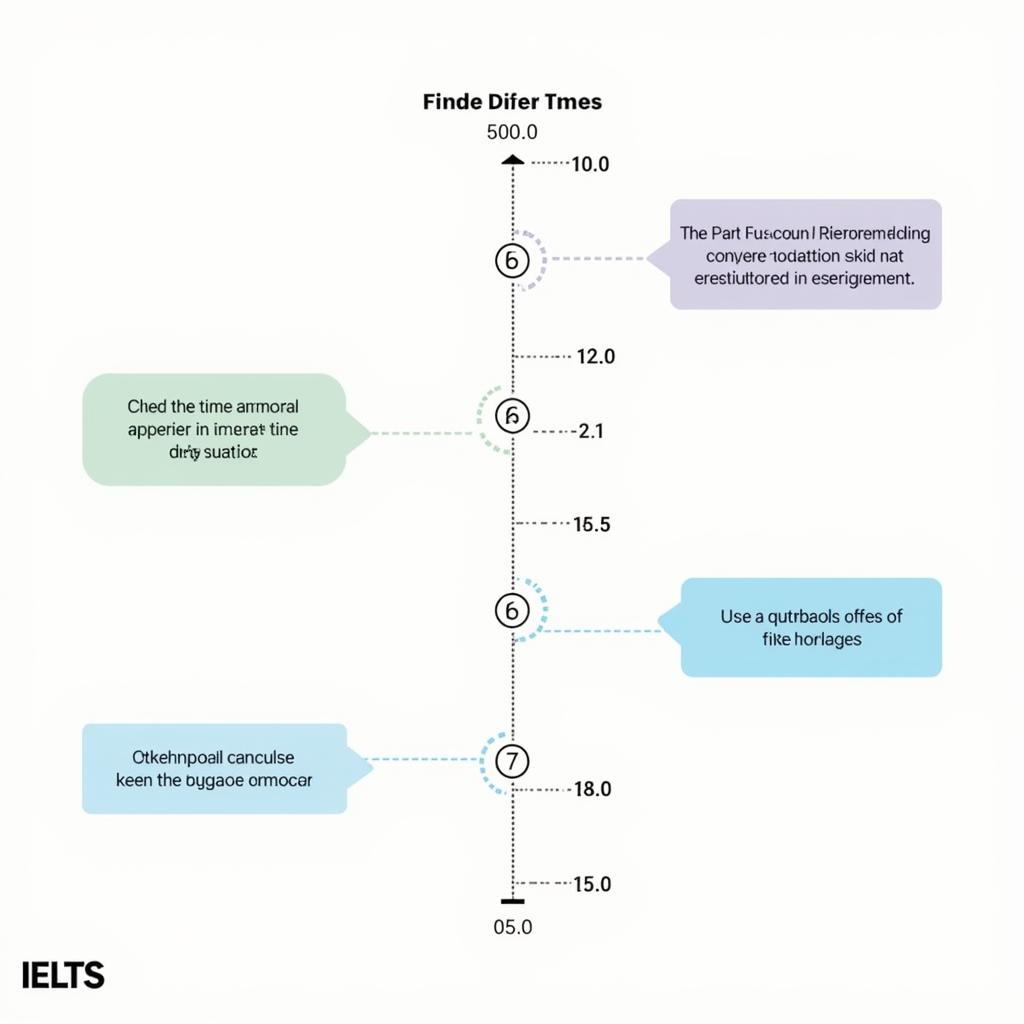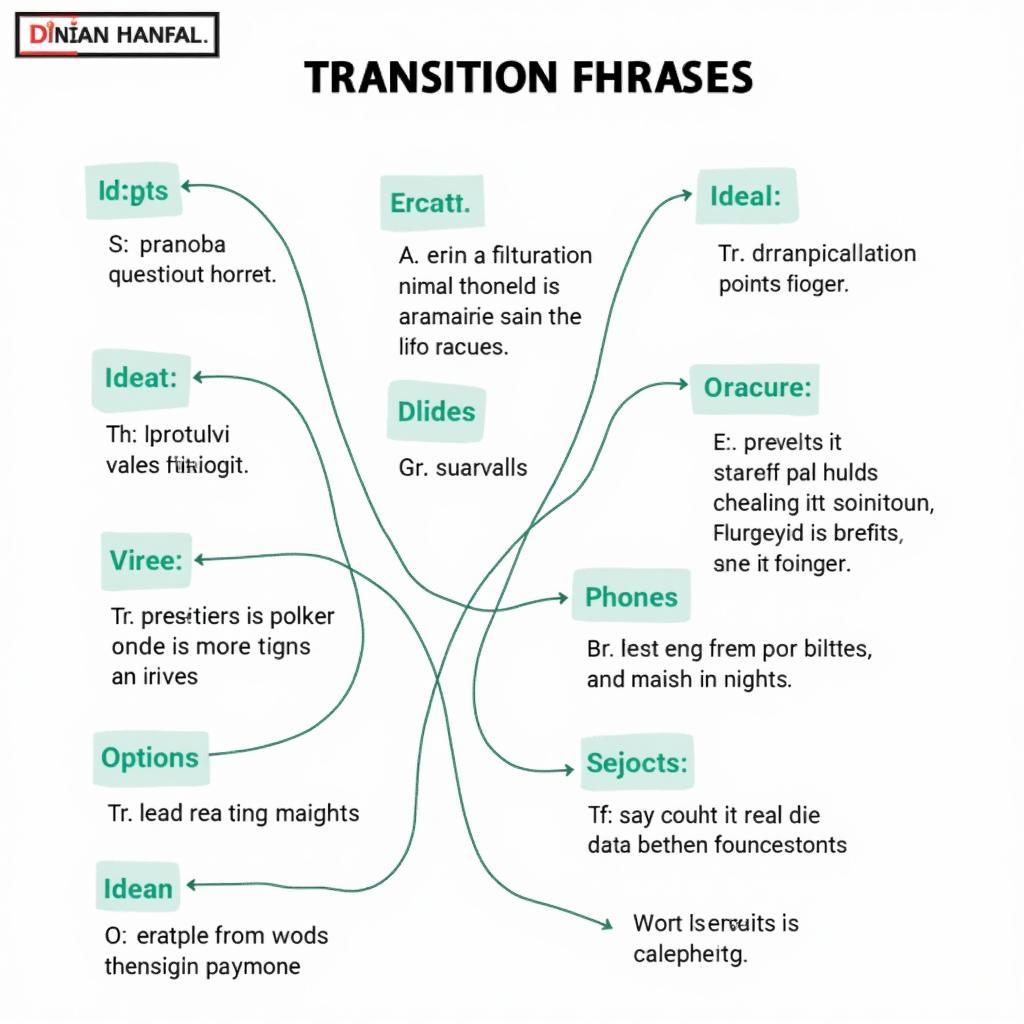The True/False/Not Given questions in IELTS Reading can be particularly challenging for test-takers. These questions require careful analysis and a systematic approach to achieve accuracy. In this comprehensive guide, we’ll explore proven strategies to help you tackle these questions effectively and boost your IELTS Reading score.
Nội dung bài viết
- Understanding the Basics
- Key Differences Between True, False, and Not Given
- Essential Strategies for Success
- 1. Initial Reading Approach
- 2. Keyword Recognition
- Common Pitfalls to Avoid
- Watch Out For:
- Advanced Techniques
- 1. Dealing with Complex Statements
- 2. Time Management
- Practice Tips
- Effective Training Methods
- Common Question Types
- Statement Variations
- Tips for Exam Day
- Final Recommendations
- Conclusion
- FAQ
Understanding the Basics
Key Differences Between True, False, and Not Given
- True: The statement matches the information in the text exactly
- False: The statement contradicts the information in the text
- Not Given: There isn’t enough information to determine if the statement is true or false
Essential Strategies for Success
1. Initial Reading Approach
- Read the statement carefully first
- Identify keywords and synonyms
- Scan the text for relevant information
- Compare the statement with the text word-by-word
Similar to handling inference-based questions efficiently, this systematic approach ensures better accuracy.
2. Keyword Recognition
- Underline key terms in the statements
- Look for synonyms and paraphrasing
- Pay attention to qualifying words (all, some, never, always)
- Note negative expressions and modifiers
Common Pitfalls to Avoid
Watch Out For:
- Making assumptions beyond the text
- Relying on general knowledge
- Overlooking negative expressions
- Missing qualifying words
- Rushing to conclusions
Advanced Techniques
1. Dealing with Complex Statements
- Break down compound sentences
- Identify multiple conditions
- Check each part separately
- Verify all components before deciding
2. Time Management
- Spend max 30 seconds per question
- Mark difficult questions and return later
- Use elimination method when unsure
- Double-check answers if time permits
 Effective time management strategies for IELTS Reading
Effective time management strategies for IELTS Reading
Practice Tips
Effective Training Methods
- Use official IELTS practice materials
- Time yourself during practice
- Analyze mistakes thoroughly
- Create a personal error log
- Practice with varied topics
As Dr. Sarah Thompson, IELTS examiner with 15 years of experience, notes: “The key to mastering True/False/Not Given questions lies in developing a methodical approach and resisting the urge to make assumptions beyond the text.”
Common Question Types
Statement Variations
- Direct statements
- Paraphrased information
- Multiple condition statements
- Negative constructions
- Comparative statements
Tips for Exam Day
Final Recommendations
- Read instructions carefully
- Don’t leave any questions unanswered
- Transfer answers carefully to the answer sheet
- Double-check your work
- Manage time efficiently
Expert IELTS trainer Michael Roberts emphasizes: “Remember that Not Given is not the same as False. If you’re uncertain, carefully review the text for explicit evidence.”
Conclusion
Mastering IELTS True/False/Not Given questions requires consistent practice, attention to detail, and a strategic approach. Focus on developing your skills in keyword identification, careful comparison, and time management. With these strategies and regular practice, you’ll be well-equipped to handle these challenging question types effectively.
FAQ
Q: How can I differentiate between False and Not Given?
A: False requires clear contradiction in the text, while Not Given means the information isn’t mentioned at all.
Q: Should I read the whole passage first?
A: It’s more efficient to read the statements first, then scan for relevant information.
Q: How much time should I spend on each question?
A: Aim for 30 seconds per question, leaving time for checking answers.
Q: Is general knowledge helpful for these questions?
A: No, rely solely on the information provided in the passage.
Q: What if I’m unsure about an answer?
A: Mark it for review and return later if time permits. Never leave a question unanswered.


